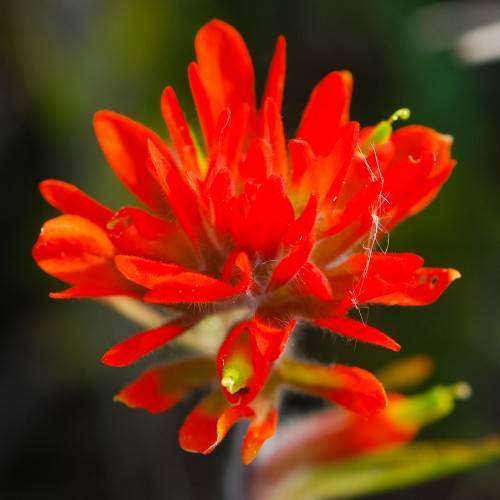
Indian paintbrush
Castilleja coccinea
Also Known As - Indian Paintbrush,Scarlet Paintbrush,Scarlet Painted Cup,Scarlet Paintbrush,Scarlet Painted CupCycle:
Herbaceous Perennial
Watering:
Average
Hardiness Zone:
4 - 8
Flowers:
Flowers
Sun:
Sun
Soil:
Sandy Loamy
Fruits:
Fruits Ready In Summer
Leaf:
Yes
Growth Rate:
Low
Maintenance:
Moderate
Care Level:
Medium
watering
Indian paintbrush should be given plenty of water when first planted. During the growing season, water Indian paintbrush every 2 to 4 days depending on the weather and the soil’s moisture levels. Aim to keep the soil moist but not water-logged. In the hottest part of the summer, water deeply twice a week and more if necessary. Once established, Indian paintbrush is fairly drought tolerant, so water sparingly in drier conditions. During the winter months, occasional deep watering should be sufficient.
sunlight
Indian paintbrush (Castilleja coccinea) is an herbaceous subshrub native to North American prairies and grasslands. This plant prefers full sun, which means it should receive at least 6 hours of direct sunlight each day. While it can tolerate growing in partial shade, it won’t be as vibrant and will look spindly. Indian paintbrush is best planted in the late spring or early summer in soil with good drainage and regular moisture. If planted in the late summer or fall, it may not have enough time to establish itself before colder weather sets in.
pruning
Indian Paintbrush (Castilleja coccinea) should be pruned by cutting away about a third of the plant in early spring. This will help encourage good air circulation and promote healthy new growth. Always prune back stem ends that contain no flower buds, as well as any stems that are broken or diseased. If your Indian Paintbrush is in need of extensive pruning, it’s a good idea to divide the plant in the fall or early spring. Dividing the plant will give you several new plants which can be used to fill in other areas of your garden.
